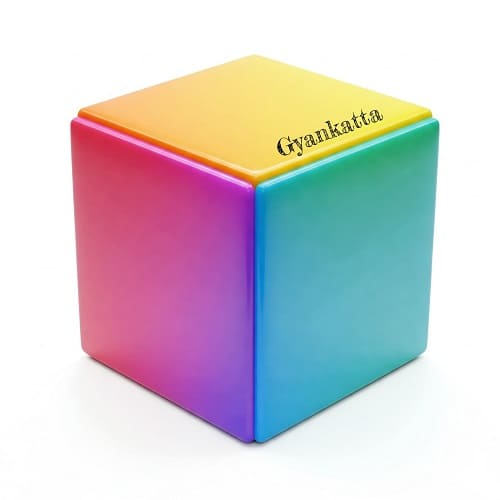Class 8 Math Cubes and Cube roots Notes
Cubes and Cube Roots – Class 8
Hello! This chapter is all about Cubes and Cube Roots. Just like squares and square roots, these are important in math and have real-world uses.

What are Cubes?
The cube of a number is the result when you multiply the number by itself three times. We write it with a small ‘3’ as a superscript (like this: x³).
Examples: 2³ = 2 * 2 * 2 = 8, 4³ = 4 * 4 * 4 = 64, 10³ = 10 * 10 * 10 = 1000
A perfect cube is a number that can be obtained by cubing an integer. For example, 8, 64, and 1000 are perfect cubes.
What are Cube Roots?
The cube root of a number is a value that, when multiplied by itself three times, gives the original number. We write it with a radical symbol with a small ‘3’ (∛).
Examples: ∛8 = 2 (because 2 * 2 * 2 = 8), ∛64 = 4 (because 4 * 4 * 4 = 64), ∛1000 = 10 (because 10*10*10 = 1000)
Finding the cube root is the opposite of cubing a number.
Properties of Cubes and Cube Roots
- The cube of an even number is always even.
- The cube of an odd number is always odd.
- The cube root of a perfect cube is always an integer.
Finding Cube Roots
1. Prime Factorization Method:
Break down the number into its prime factors. Then, group the factors in triplets (groups of three). For each triplet, take one factor out. Multiply the factors you took out to get the cube root.
Example: Find ∛216
- Prime factors of 216: 2 * 2 * 2 * 3 * 3 * 3
- Triplets: (2 * 2 * 2) * (3 * 3 * 3)
- Cube root: 2 * 3 = 6
Applications of Cubes and Cube Roots
1. Volume of a Cube:
If you know the side length of a cube, you can find its volume by cubing the side length (Volume = side³).
2. Packaging and Storage:
Cubes are often used in packaging because they are efficient in terms of space. Cube roots help determine the dimensions of a cube given its volume.
3. Engineering and Construction:
Cubes and cube roots can be used in calculations related to volume, capacity, and other engineering problems.
Cubes and cube roots are important mathematical tools that you’ll encounter in various fields of study and in everyday life.
Cubes and Cube Roots Quiz – Application Problems
1. Cube-Shaped Box: A cube-shaped box has a side length of 5 cm. What is the volume of the box?
2. Water Tank: A cubical water tank has a volume of 1000 cubic meters. What is the length of each side of the tank?
3. Building Blocks: A child has a set of cubical building blocks. Each block has a side length of 2 cm. If the child builds a larger cube using 27 of these blocks, what is the side length of the larger cube?
4. Packaging: A company needs to ship a product in a cubical box with a volume of 512 cubic inches. What is the length of each side of the box?
5. Storage Container: A cubical storage container has a side length of 3 feet. What is the capacity (volume) of the container?
6. Ice Cubes: A large ice cube has a side length of 4 cm. It melts into water. If the water is then poured into smaller cubical ice cube trays, each with a side length of 1 cm, how many of the smaller ice cubes can be made?
7. Construction: A builder is constructing a cubical foundation for a building. The volume of the foundation needs to be 2197 cubic meters. What is the length of each side of the foundation?
8. Volume of a Solid: A solid is made up of several identical cubes, each with a side length of 2 cm. If the total volume of the solid is 128 cubic cm, how many small cubes are used to make the solid?
9. Comparing Volumes: Two cubes have side lengths of 3 inches and 6 inches, respectively. How many times greater is the volume of the larger cube compared to the smaller cube?
10. Cube Root Application: A cube has a volume of 1728 cubic units. What is the length of one edge of the cube?


